As a professional copywriting journalist and a dog owner myself, I understand the importance of choosing the right diet for your furry friend. Many pet owners may have wondered if it’s safe to feed their dogs wheat tins or wheat thins, which is why I’ve written this article to provide you with expert guidance on the matter. In the following sections, we’ll explore whether dogs can eat wheat thins, the potential risks of feeding them, and what alternatives are available for your pup.

- Wheat thins may not be suitable for all dogs, and it’s important to be aware of potential risks before feeding them to your furry friend.
- While wheat thins can be a tasty treat for your dog, moderation is key to preventing health problems.
- Always consider your dog’s individual needs and consult with a veterinarian before introducing new foods into their diet.
- There are alternatives to wheat thins that are safe and healthy for dogs, such as peanut butter and plain white or wheat bread.
- If you suspect your dog may be allergic to wheat or grains, it’s best to avoid feeding them wheat thins and consult with a veterinarian for personalized recommendations.
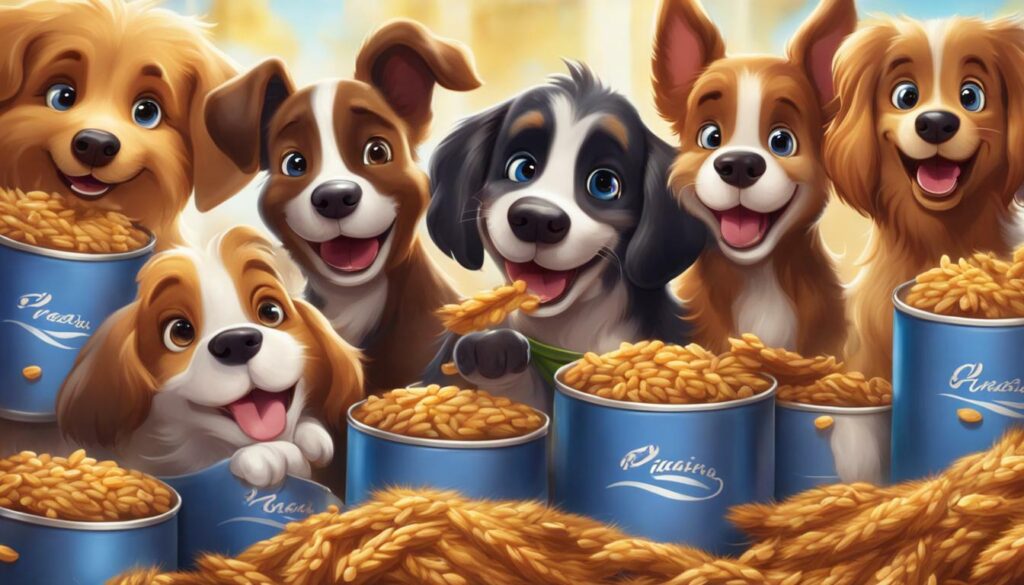
Are Wheat Thins Safe for Dogs?
As a copywriting journalist, I have received many queries from concerned dog owners about whether their furry friends can eat wheat thins. Wheat thins are a kind of wheat cracker that contains whole grain wheat flour and nutritional value. However, it’s important to consider if they are harmful to dogs before feeding them to your pup.
The ingredients in wheat thins include whole grain wheat flour, which might trigger a wheat or grain allergy in some dogs. While some dogs can eat wheat crackers like mini wheat thins without any issue, it’s essential to be aware of the ingredients of wheat thin before feeding your dog.
Therefore, when considering if it’s safe to feed your dog wheat thins, it’s important to keep in mind that wheat is safe for dogs but not always in the form of wheat thins. If your dog has a wheat or grain allergy, it’s best to avoid feeding them wheat thins or any other wheat-based product entirely.
However, if your dog can consume wheat crackers in moderation, then wheat thins can be given as a healthy snack. Wheat thins are made from whole wheat flour and contain nutritional value, making them a healthy choice for dogs that can tolerate wheat products.
It’s important to note that while wheat thins may be healthy for dogs in moderation, they should not make up a significant part of your dog’s diet. There are alternatives for dogs that do not contain wheat, such as plain white or wheat bread, peanut butter, and hummus.
In conclusion, dogs can eat wheat thins as long as they do not have a wheat or grain allergy and are given in moderation. Wheat thins have nutritional value and are healthy for dogs that can tolerate wheat products. However, it’s essential to monitor your dog’s intake, avoid overfeeding, and consult with a veterinarian about your dog’s specific dietary requirements.
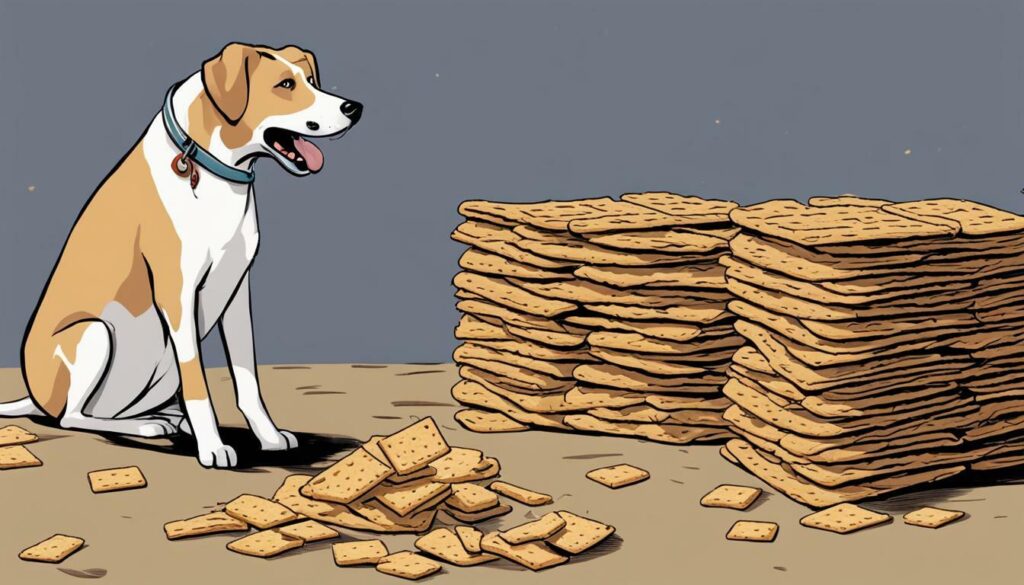
While wheat thins may seem like a harmless snack for your furry friend, it’s crucial to be aware of potential risks associated with feeding them to your dog. One of the primary concerns is the ingredients in wheat thins. These crackers contain a lot of wheat, as the name suggests, which may not be suitable for all dogs.
If your dog has eaten wheat thins at least once, keep in mind that wheat is not poisonous to dogs. However, consuming a significant amount of wheat thins can cause health problems in dogs, especially those who are allergic to wheat or grain.
For instance, digestive issues such as vomiting, diarrhea, and constipation are common issues in dogs who have consumed many wheat thins. If your dog ate a lot of wheat thins or an entire box of wheat thins, it’s essential to monitor them closely and call your veterinarian if any issues develop.
Another risk of feeding your dog wheat thins is that they are not an ideal snack choice for canines. While dogs can eat wheat crackers, wheat thins aren’t the best option. They contain a lot of processed ingredients and preservatives that aren’t healthy for dogs in large quantities.
In conclusion, while wheat thins may be a tempting snack for your furry friend, it’s important to feed them to your dog in moderation. If your dog eats more than 1-2 wheat thins, it’s best to keep in mind that wheat can cause health issues in dogs. Finally, it’s always recommended to discuss any potential dietary issues or concerns with your veterinarian.

Feeding your dog wheat thins should be done in moderation. It’s safe to give your dog 1-2 wheat thins, but feeding them a lot can cause health problems in dogs. The crackers contain wheat, which some dogs can be allergic to, and overeating can cause digestive issues in dogs.
There are alternatives for dogs that can be safely consumed. Dogs can eat wheat crackers in moderation, and they can consume them more efficiently than dogs. Plain white or wheat bread is safe for dogs and can be given in moderation. Peanut butter and hummus are also healthy options for dogs to eat one.
Remember, always ask your veterinarian if it’s a good idea to feed your dog wheat thins crackers. It’s essential to keep in mind that some dogs may be allergic to wheat or grains and that overfeeding them may cause health problems. Poisonous to dogs, wheat bread is recommended for dogs. Wheat cereals are also healthy for dogs to eat one at a time.
FAQ
Can dogs eat wheat thins?
While wheat thins are made from whole wheat flour and contain nutritional value, it’s important to consider your dog’s individual needs. Some dogs may have allergies or sensitivities to wheat or grains. It’s best to consult with a veterinarian before introducing wheat thins or any new food into your dog’s diet.
Are wheat thins safe for dogs?
Wheat thins can be safe for some dogs, but it depends on their specific dietary needs. If your dog tolerates wheat products well and does not have any allergies or sensitivities, they may be able to enjoy wheat thins in moderation. However, it’s always best to consult with a veterinarian before making any changes to your dog’s diet.
What are the potential risks of feeding dogs wheat thins?
Feeding dogs too many wheat thins can lead to health problems such as digestive issues or allergic reactions. Some dogs may also have sensitivities to wheat or grains, making wheat thins unsuitable for them. It’s important to monitor your dog’s intake and avoid overfeeding. If you notice any adverse reactions, discontinue feeding wheat thins and consult with a veterinarian.
What should I keep in mind when feeding my dog wheat thins?
Moderation is key when feeding your dog wheat thins. It’s recommended to limit their intake to 1-2 wheat thins at a time. Remember that wheat thins should not be a significant part of your dog’s diet. It’s also important to consider alternatives that are safe and healthy for dogs, such as plain white or wheat bread, peanut butter, or hummus. Always consult with a veterinarian for personalized advice based on your dog’s specific dietary requirements.
Can Dogs Eat Wheat Thins – FAQ
1. Can dogs eat wheat thins?
Dogs should not eat wheat thins. Wheat thins are a type of cracker made with wheat flour, which can be harmful to dogs. The high sodium and carbohydrate content in wheat thins can negatively affect a dog’s health, especially if consumed in large amounts. It is best to avoid feeding wheat thins to your dog.
2. Are wheat thins safe for dogs?
No, wheat thins are not safe for dogs. While they may seem like a tempting treat, the ingredients in wheat thins, including wheat flour and preservatives, can be toxic to dogs. It’s important to provide your dog with specially formulated dog treats instead of human food.
3. Can dogs be allergic to wheat thins?
Yes, dogs can be allergic to wheat thins. Wheat is a common allergen for dogs, and consuming wheat thins can trigger allergic reactions in sensitive dogs. Symptoms of a wheat allergy in dogs may include itching, skin rashes, digestive issues, and ear infections. If you suspect your dog is allergic to wheat, it’s best to avoid feeding them any foods containing wheat, including wheat thins.
4. Is it okay to give my dog wheat thins as a treat?
No, it is not okay to give your dog wheat thins as a treat. Wheat thins are not a suitable snack for dogs due to their high wheat and sodium content. Instead, opt for healthy dog treats that are specifically made for canine consumption.
5. Can wheat thins be harmful to dogs?
Yes, wheat thins can be harmful to dogs. The combination of ingredients in wheat thins, such as wheat flour and preservatives, can cause digestive issues, weight gain, and potentially lead to obesity if consumed regularly. It’s best to keep wheat thins and similar human snacks away from your furry friend.
6. Are there any alternatives to wheat thins for dogs?
Yes, there are plenty of dog-friendly alternatives to wheat thins. Instead of feeding your dog wheat-based snacks, consider homemade dog treats made with ingredients that are safe for canine consumption. There are also commercially available dog treats that are specifically formulated to be nutritious and tasty for dogs.
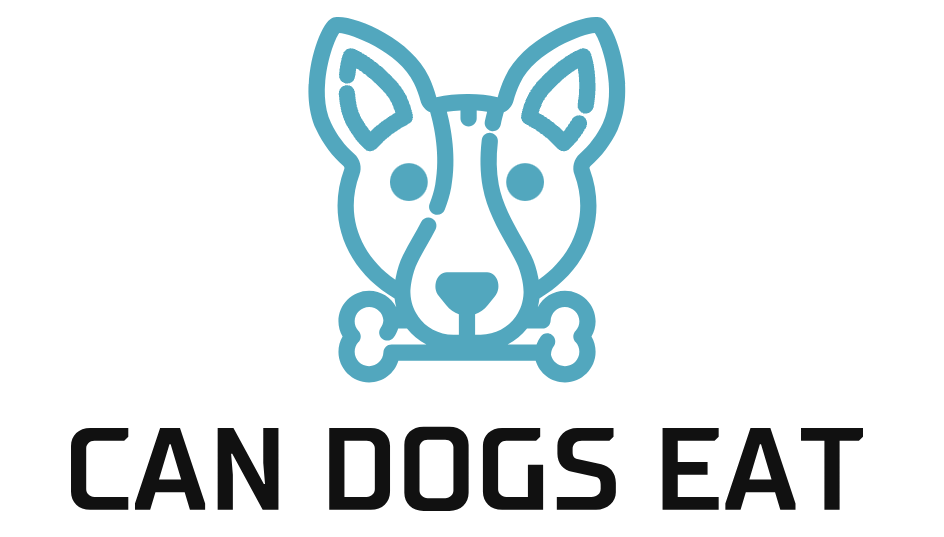
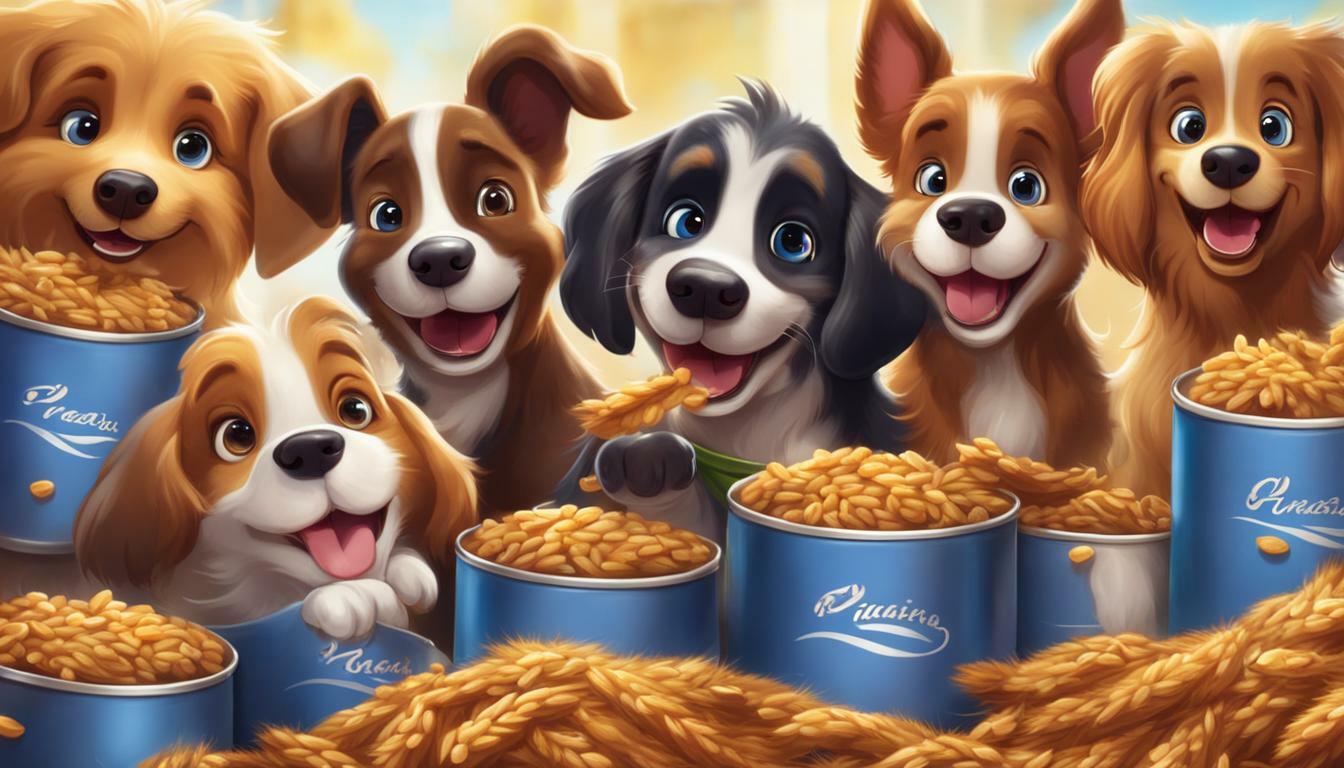
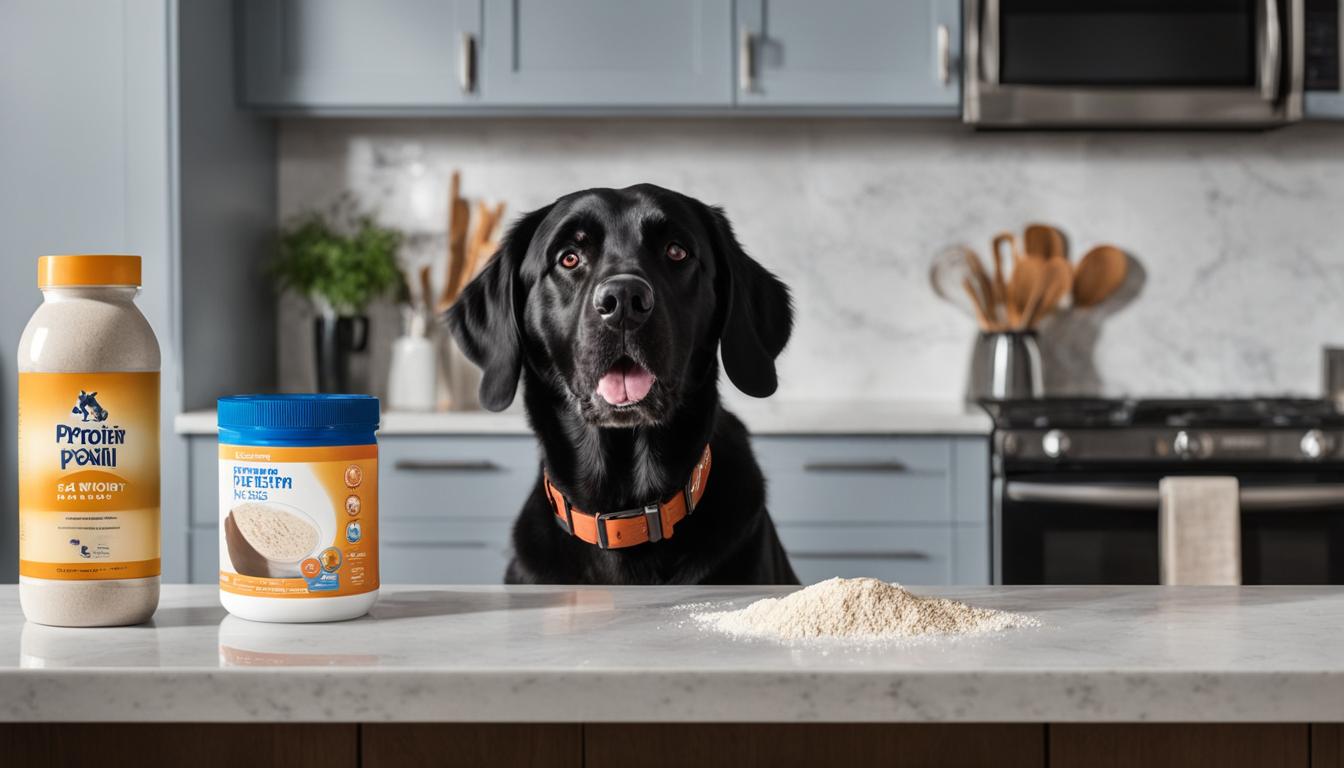

Leave a Reply